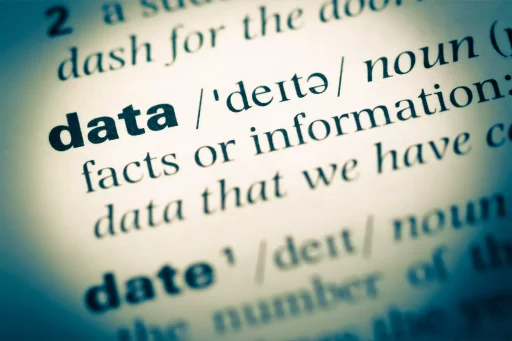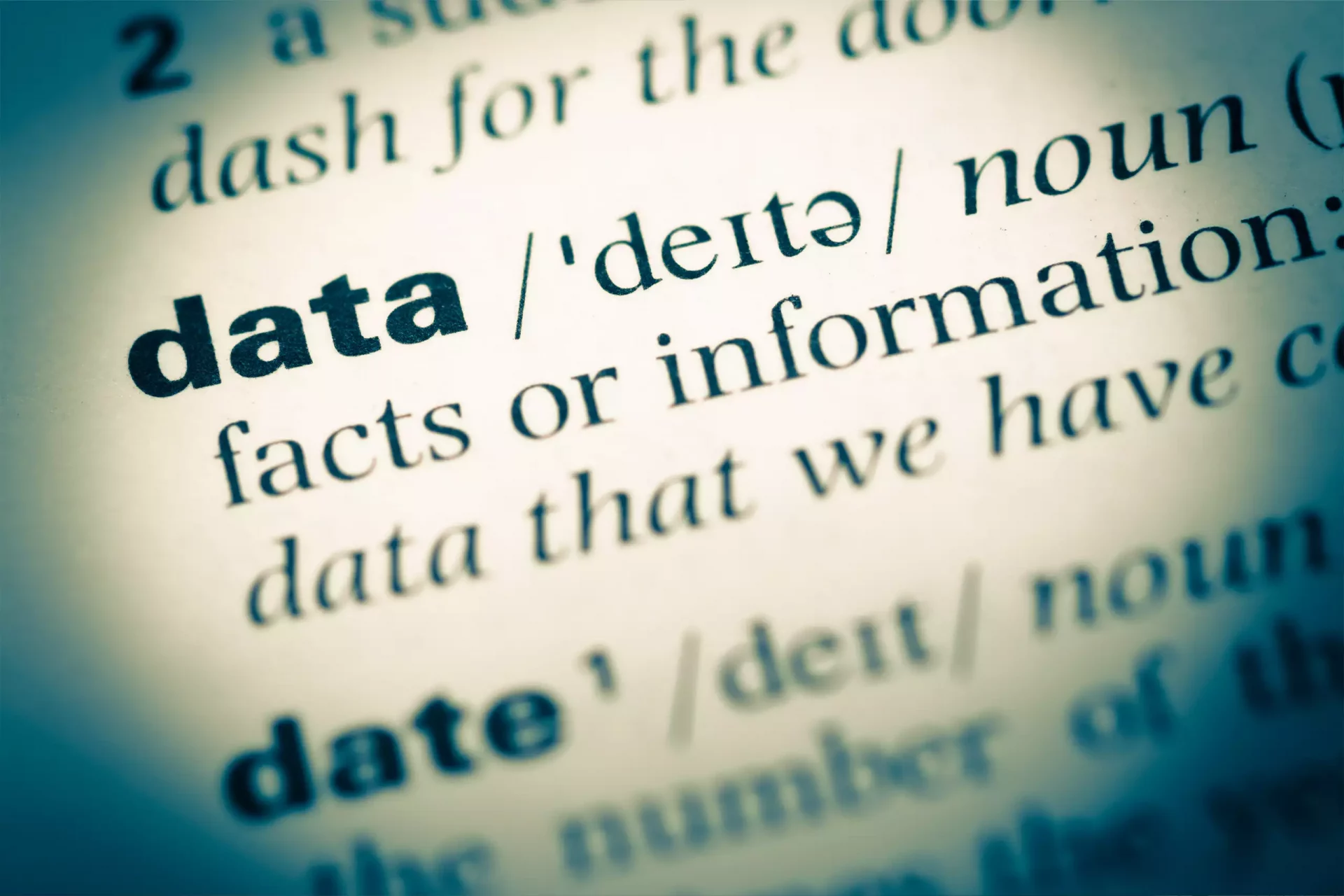Introduction
In an increasingly digital age, the term “reader” has evolved significantly, reflecting various contexts and interpretations. Traditionally, a reader was someone who interprets written text. However, with the rise of multimedia content, social media, and interactive platforms, the definition has expanded, encompassing a wide array of characteristics and behaviors.
What is a Reader?
At its core, a reader is an individual who engages with text or messages across various formats. A reader can be:
- Traditional Reader: Someone who enjoys books, newspapers, and magazines.
- Digital Reader: An individual who consumes content primarily through e-books, PDFs, websites, or blogs.
- Social Media Reader: Those who engage with easy-to-read content, such as tweets, Instagram captions, or blog summaries.
- Skimmers: People who quickly browse through content for highlights or key points.
- Critical Reader: Individuals who analyze and reflect on the content deeply.
The Importance of Reading in Today’s World
Reading serves as a cornerstone for acquiring knowledge, fostering important skills, and promoting personal development. According to a report from the National Endowment for the Arts (NEA), Americans who read regularly engage with the world more actively and have higher levels of civic engagement.
Statistics reveal that:
- Individuals who read novels have been found to cultivate a greater ability to empathize with others.
- According to the Pew Research Center, 73% of adults read a book in some format in the past year, showing a continuous interest in reading despite the distractions of technology.
Different Types of Readers
Understanding the types of readers can provide insights into how content can be tailored to meet their needs:
- Casual Readers: Engage with content sporadically, often choosing light materials for enjoyment.
- Academic Readers: Read with purpose, seeking to learn or analyze information to gain a deeper understanding.
- Speed Readers: Use techniques to consume text quickly without sacrificing comprehension.
- Leisure Readers: Seek out novels or work-related materials that provide entertainment or escape.
Case Study: The E-Reader Revolution
The launch of e-readers like the Amazon Kindle in 2007 changed how users interact with texts. E-readers allow access to thousands of books in a portable format, appealing to digital readers who prioritize convenience.
By 2019, e-book sales were estimated to reach $1.1 billion, indicating a consistent trend in reader preferences. Innovations like adjustable backlighting and note-taking features have further enhanced the reading experience.
Impact of Social Media on Reading Habits
Social media has transformed reading into a more dynamic and interactive experience. Platforms like Twitter and Instagram have popularized a new genre of content referred to as “micro-reading,” where readers consume bite-sized information.
A survey indicated that:
- 54% of respondents claimed social media sparked their interest to read more.
- Instagram’s “Bookstagram” community has contributed to increased sales of various genres, with hashtags like #BookRecommendations trending.
Conclusion
The definition of a reader continues to diversify, reflecting technological advancements and changing behaviors. Whether engaging with traditional texts or absorbing information through short social media posts, readers today exhibit varied motives and styles. Understanding these distinctions is crucial for authors, educators, and marketers aiming to connect with their audience effectively.
As the landscape of reading continues to evolve, so too will the importance of fostering a culture of reading that supports the diverse preferences of modern readers.


